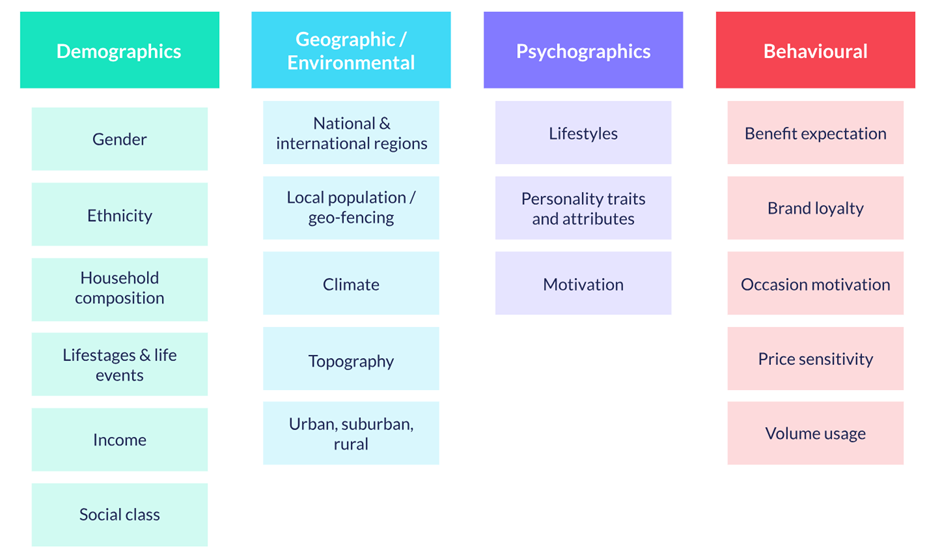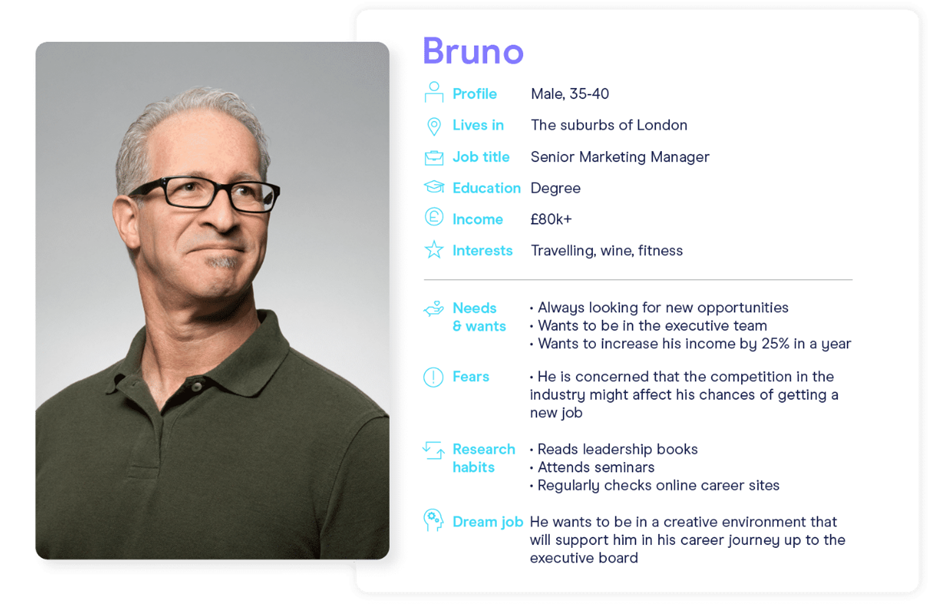Data-Driven Insights Marketers Must Use for Effective Customer Engagement

To help marketers better understand their customers’ preferences using data insights, Director of Customer Engagement, Rachel Whitter of the Data & Marketing Association (DMA UK), shares some top tips.
As marketers with a never-ending list of deadlines, it can be very challenging to find time in the day to enhance our own insights and capabilities.
By dedicating a short amount of our limited time to learn new techniques to understand our customers, we will be guaranteed to give ourselves a better chance of long-term success – a customer-centric approach is often key for sustainable business growth.
Following international ‘Get to Know Your Customers Day’ last week, this is an ideal opportunity to discover new ways to understand and engage with your customers.
At the Data & Marketing Association (DMA UK), we believe that customers come first and so this philosophy is embedded into our best practice guidance and world-class training syllabus.
To benefit our customers, we must understand their needs and preferences. By better understanding our customers, we are in the best possible position to create more targeted and personalised marketing campaigns, while engaging them with the right types of opportunities at the right times.
We suggest our 3 top tips below on how to use data insights to achieve this:
- UNDERSTANDING CUSTOMERS THROUGH DATA INSIGHTS
Businesses have a vast amount of data available to them to help them understand their customers, sometimes there is so much data it is difficult to know what to look at. Whether you are going to seek the support of an analyst or carry out the process yourself, consider these key elements:
Clear goals: Setting clear goals ensures that your analysis is meaningful. Goals are usually driven by marketing and data questions. Without clear goals, you are unable to know if your outcomes are successful.
Data audit and preparation: This involves a host of details that starts by identifying all the data that you can use. Your audit must involve checking the quality of your data. Ensure that it is complete and up-to-date, and that the data is legally compliant. If you are looking for customer insight you need to ensure that you are able to identify customer profiles, even if just at an ID level. Data preparation is generally around 70% of the total work involved in data mining projects.
Analysis: The actual analysis will be done using a variety of data analytical techniques. Your software might comprise of programs such as MS Excel, or you may have access to purpose-built data programmes such as Tableau. Some programmes are built to provide data in a graphic format which can make patterns easier to see.
Testing: If you think that you have identified a key trend, a cluster of customers that are more valuable or a communication technique that is more cost-effective, it is essential to test the theory. This will minimise the initial risk. Developing a culture of testing is important for a business to ensure that it continues to stretch and innovate whilst being risk-aware, but not risk-averse.
Measurement and review: Testing is only effective if you can read the results and compare them with the original goals. This ensures that actions remain focused on the key objectives. Results can be re-tested and reviewed. If you are confident of the results of your analysis you can present them to key stakeholders. Remember, results can be both positive and negative, to prove or disprove a theory. Decisions can be made as to how to move forward.
- SEGMENTATION
There are infinite ways to segment your audience, your key segmentation method should be around what differentiates one customer’s need to another. To make your customers feel appreciated and understood, focus on what drives them to come to you to fulfil their needs.
Here are some examples of common segmentation variables:

- PERSONAS
Personas help marketers and creatives get a real sense of who their typical customer is, this keeps their needs and interests front of mind when developing campaigns.
Meet Bruno, this is a persona that could be used by a recruitment business to understand one of their key clients, a career coach, or a business coach to help them target their typical customer.

What data do you have on your existing customers and prospects?
- Age
- Location
- Spend and frequency of spend
- Interest
- Job title and sector (if business to business)
- Which channels and platforms do they interact with you on?
- What are their goals or pain points when dealing with you?
This data may be available via Google Analytics or through social listening tools. In addition, data can be gained from customer surveys, interviews, and web exit polls.
Customer insight is critical to being able to ensure the best experience possible. It helps a business answer questions like:
- Do we broadly understand our customers' interests and habits?
- Do we understand the personal values of our customers and how they influence their purchasing decisions?
- Do we know what our customers like about us, and the things they don’t?
- Do we understand why our customers sometimes prefer to buy from our competitors?
- Do we understand how price-conscious our customers are?
So, gather your marketing peers or business leaders to discuss how you can start to implement these data-driven marketing techniques to make your customer engagement more meaningful and effective in 2023.


